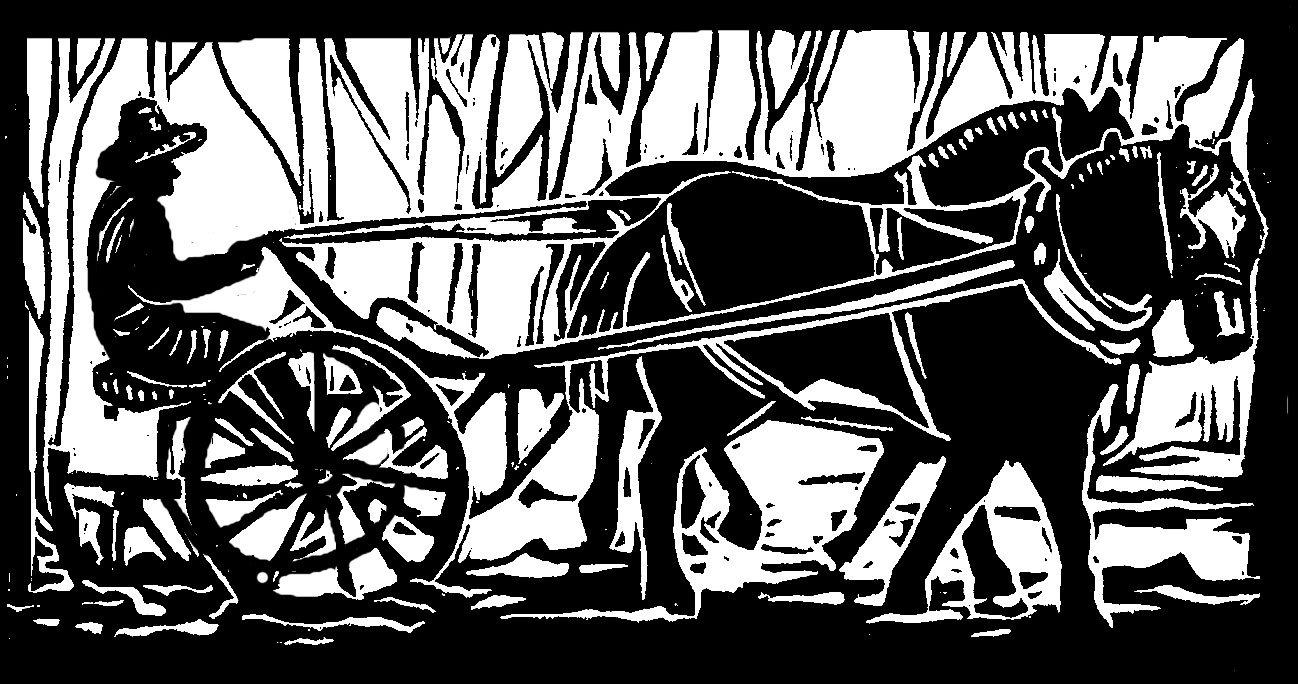Hard as it is to believe, sometimes a farmer does something besides farm. Even in the spring! For example, early in April my fellow farmer and I went to the live butterfly conservatory in Deerfield, Massachusetts, to celebrate our daughter's birthday. What a treat to go from our still-snowy fields to a tropical greenhouse full of blooming flowers and hundreds of soaring butterflies and moths.
First off, the conservatory was warm, almost 80 degrees, which is highly appealing after having snow four times at our farm in April. The building and grounds were also entirely lacking in mud, which we cannot say about our farm, especially in the spring.
But best of all, stepping into the greenhouse was like stepping into a fairy land.
There were butterflies everywhere, flying, resting, eating, drinking, flying, flying, flying. They were brilliant blue, and scarlet, and yellow and orange and brown and black, spotted and striped and stunning. There was even a “glasswing,” a translucent-winged butterfly with black edges, flitting among all the equally brilliant and varied flowers and foliage.
The three of us, my fellow, my daughter, and me, each had a butterfly visitor land on our pants or our shoulders at some point in our time there. The first one must have been a birthday butterfly, landing on my daughter almost as soon as we came in. I was hoping one might visit me too, and had worn my floweriest-colored clothes, even down to purple socks. But apparently butterflies aren't too fussy, because my fellow was in tan and brown, and he had the next butterfly visitor.
Still, I held out my socks hopefully, and finally a beautiful brilliant scarlet and black butterfly came to see me. Of course, the butterflies live out their whole lives in the greenhouse, from birth to death, and my butterfly visitor was a little troubled. He was crawling across the floor, and then, loving my socks, I'm sure, crawled onto my shoe, up my sock, and then up (the outside!) of my pant leg.
I had to admit to feeling a little wide-eyed as the butterfly continued determinedly up my shirt sleeve, onto my shoulder, closer and closer to my face. Surely butterflies don't bite! I thought, craning my head away from my friend.
Happily, this one didn't, and he found my shoulder a good place to launch. He took off, flying for a little while longer, at least.
Along with the butterflies and moths, we had some non-butterfly surprises: we also admired all the lizards and beetles and bugs and teeny-tiny frogs in terrariums in an outer room. There were enormous koi fish in a pool among the butterflies, and a parrot, perambulating up and down the outside of his or her home.
There was a turtle too, or rather a Russian tortoise, who was hanging out in the sand. At first we thought it was a statue, but then a staff member gave the tortoise some blossoms. They were brilliant yellow and white, called lollipop flowers, a very pleasing name. Clearly the flowers were even more pleasing to the tortoise, who came to vigorous life, stretching out a long neck and snapping up a bloom. It was like a story book: a tortoise eating a lollipop.
Soon after we saw a hummingbird, sampling a hibiscus flower. “Look, a proboscis in a hibiscus!” said my daughter, another fine story book title. We also saw a Gouldian finch. I heard a little chirrup, and looked up, and we all had a glimpse of the tiny finch, pretty as could be, before it disappeared into the foliage.
As if all this weren't enough, there were also quail chicks, peeping away, brown and speedy, racing around the paths or taking dust baths. They ducked in and out, always in a hurry, usually in pairs. We could have entered a raffle to take a quail chick or two home, but we weren't sure that a quail chick from a tropical paradise could adapt to the tough farm life.
In fact, after almost three hours of tropical paradise, we farmers weren't sure we could adapt to the tough farm life either. Our plastic hoophouse is not quite as lovely as a glass conservatory, nor quite as warm, since we heat it to 65 and not 80 degrees. At least it is full of nice green plants, even if they are not quite blooming, and not quite story book, fairyland plants. But onions and cabbage, basil and tomatoes and eggplant, lettuce and bok choy, all have their own charm.
Not only that, it was not long before we saw, over the mud in the driveway on our farm, our first two butterflies of the New Hampshire season: two tiny purply-blue lovelies, fluttering and dancing, reminding us that a farm might not be paradise, but it certainly has its own beauty.
It was a good reminder, and we watched the butterflies flit near our flats of cabbage and kale, which were hardening off in the brisk April air: just like us, two New Hampshire farmers, toughening up for the season ahead.
Originally published in the Monadnock Shopper News, May 8-14, 2019
